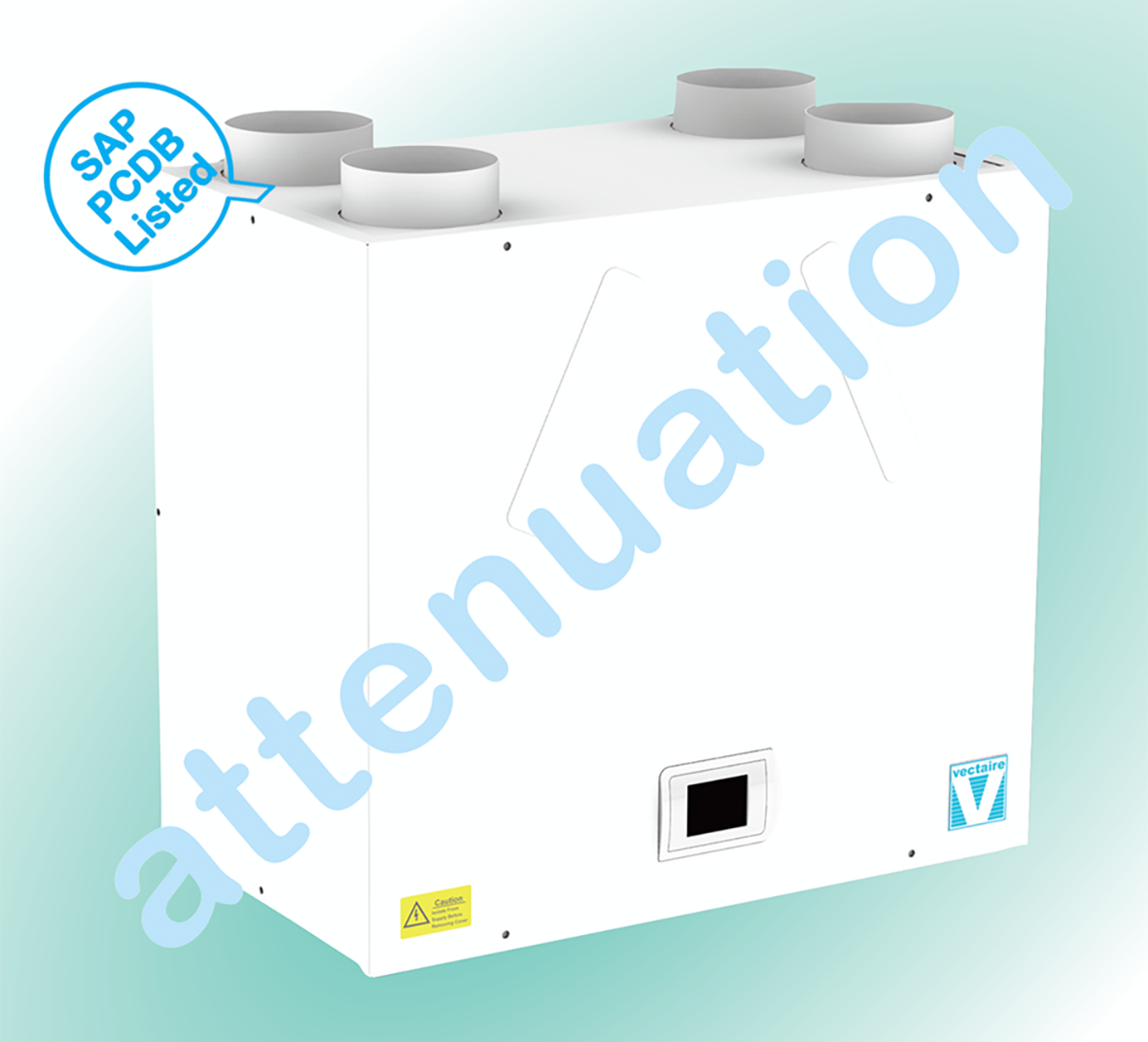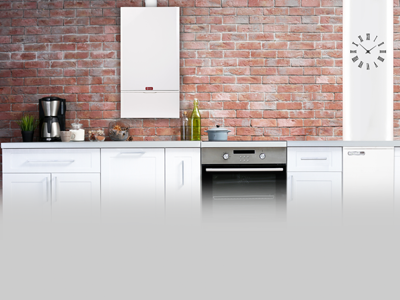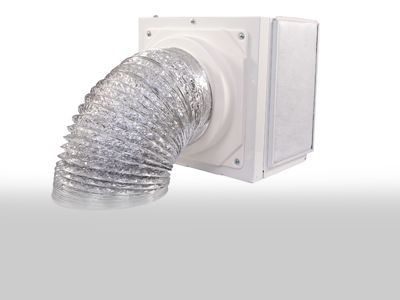The effects of the changing seasons on housing

Taking an holistic approach to the changing seasons
Joe Bradbury of Housing Association Magazine discusses the importance of protecting tenants from the extremities of our climate.
Last week saw the hottest day on record. As Britain (and most of Europe) was steeped in sun, temperatures rose to as high as 38.1C (100.6F) in parts of the country.
Whilst most of us saw that as a chance to don a pair of shorts and sit outside, it cannot be dismissed that extreme weather in either direction can spell disaster for vulnerable people.
- Read more about The effects of the changing seasons on housing
- Log in to post comments


















